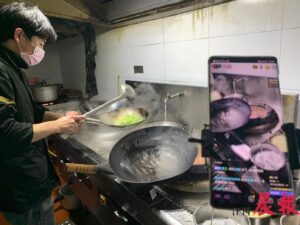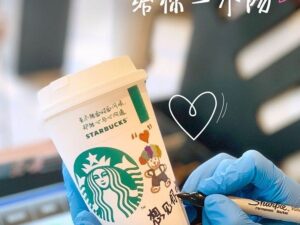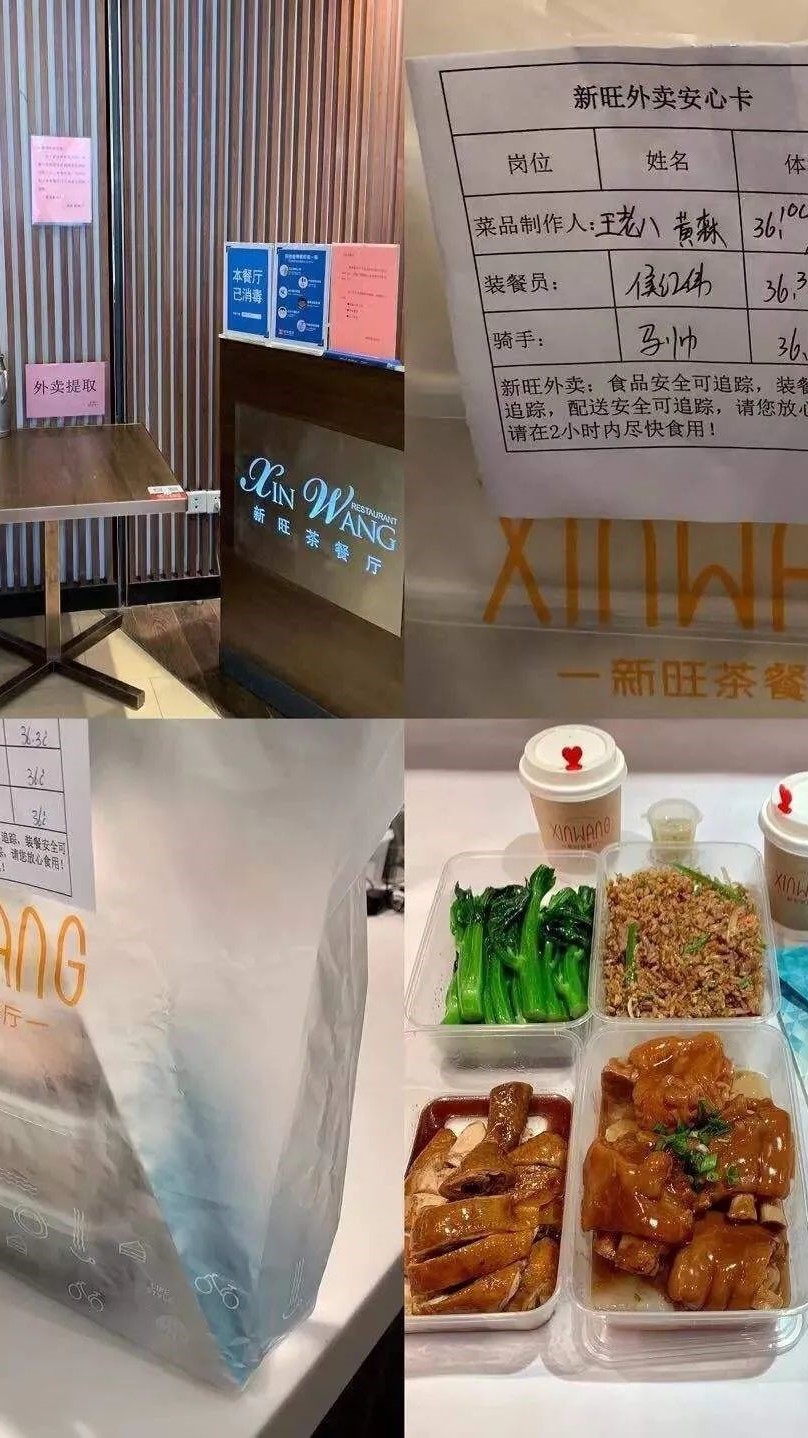Covid-19 has swiftly turned ‘social distancing’ into the phrase for us all to live by. And even when the global pandemic has been fully understood and controlled, it will to some degree have changed our attitudes to what normal contact should look like. We can see from China what the future might start to look like, as businesses are starting to reopen and citizens to emerge from their homes. Seven weeks of complete lockdown was necessary for this to happen: a severe measure that was only possible because of how quickly technology allowed businesses and consumers to adapt. Leveraged to a completely new degree during life under quarantine, the online world is continuing to evolve in new and fascinating directions.
Livestreaming is evolving
Before Covid-19, livestreaming was primarily used by influencers communicating with their followers. Now we are seeing it being used by ever more people in ever more creative ways:
- Clubs and DJs are livestreaming music so that netizens can enjoy a virtual club scene. Participants plug in to the music, have a cocktail or two, while dancing ‘alone together’ with others who have tuned in.
- Restaurant chains are livestreaming cookery lessons from their kitchens, so viewers can replicate their dishes at home.


The Virtual Work and Marketplace
Businesses quickly made the move to working from home, but this was only the first step. Many companies have also reallocated resources to the online experience of their brands. Adidas and Nike are now launching ever more products online; real estate agents are taking clients on virtual apartment tours; and car dealerships are showcasing their cars through online videos.
Intrinsic to this is repurposing employees, and training them for new skills. Chinese cosmetic brand Forest Cabin closed half its stores, training over 1,600 former shop attendants as live streamers on Taobao. In so doing, the brand added 3,000 new loyalty customers in just one day.
Meanwhile the world of e-commerce has had to alter its last-mile delivery practices in order to reduce physical contact. Couriers now place the package on the floor, and then retreat to a safe distance while the customer picks it up. And while these precautions may seem like a new reality, Chinese consumers have adapted very quickly, accustomed as so many of us are to living a portion of our lives digitally, whether shopping for groceries, books or clothes online, getting laundry sent and delivered, or ordering food takeaways.

But is there a tipping point? A moment at which the balance between digital and real life goes too far for the social creatures that we essentially, and where the loss of human connection and touch becomes too great? Is it the case that, as we are forced to depend on an increasing number of “cold” systems, the more urgently we need to know that there’s a “warm” heart beating behind them?
Several leading brands clearly believe this is the case; and they have consequently focused on inserting a human touch into their online offering. This can be as simple as a reassurance that their service is safe: for example, deliveries accompanied by notes that tell the consumer the name of the person who packed them, along with details of the courier and their monitored body temperature.
Starbucks China has gone even further to deliver the human touch. On Valentine’s day, for example, it launched a special campaign to help deliver ‘love and warmth’ via a cup of coffee to loved ones. This was simply but cleverly executed, with baristas hand-writing the senders’ special messages on each cup. Customers loved it, and the promotion has continued.


Nevertheless, Starbucks is in the minority of brands taking such steps. As we contemplate having to minimise unnecessary physical contact in the long term, brands need to think more deeply and innovatively about how to create a human touch and connection online. [This is perhaps even more pertinent for brands outside China, where consumers place more importance and emphasis on physical connection with each other.]
For example, can bars not only deliver cocktail kits with instructional videos from their mixologists, but create a virtual bar on a video platform for customers to interact with the mixologist and each other? Can cinemas curate viewing parties, and afterwards host sharing sessions to discuss what everyone thought of the movie? Can a retailer create an online runway show combined with a personal shopper service, and deliver the clothes together with fashion tips?

We believe that maintaining physical distance does not have to equate to social isolatation. The World Health Organisation made this very clear recently when it announced it would henceforth be using the phrase ‘physical distancing’ instead of ‘social distancing’. This was to remind people that as we keep a safe ‘physical distance’ from each other, we should still remain connected to society.



